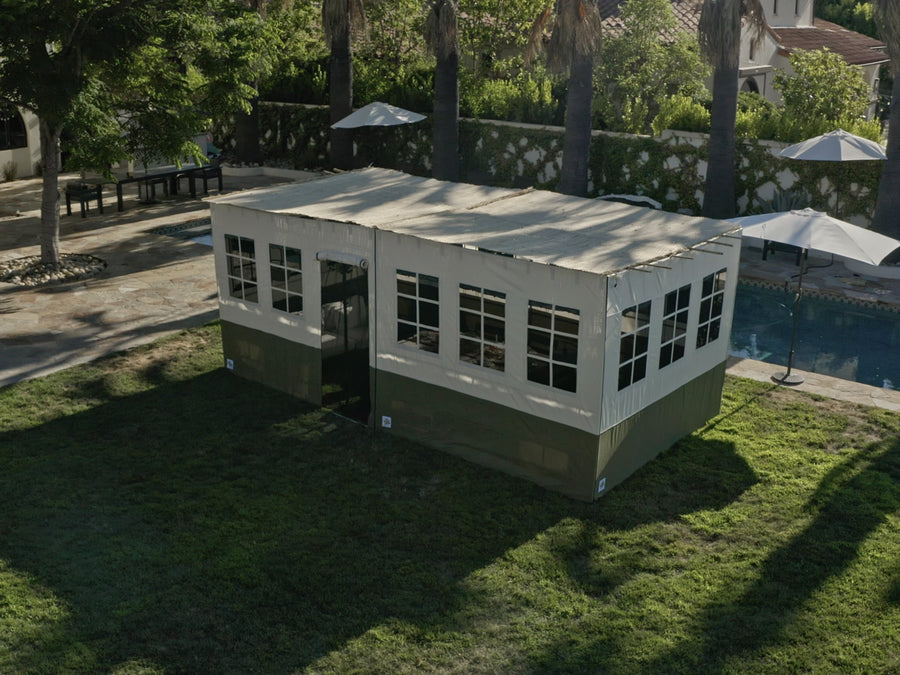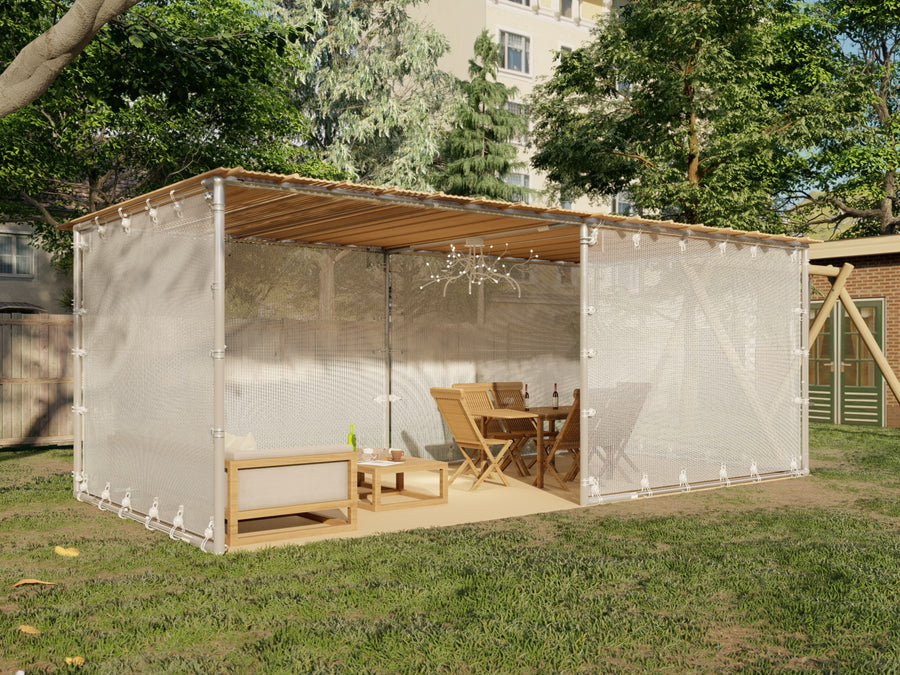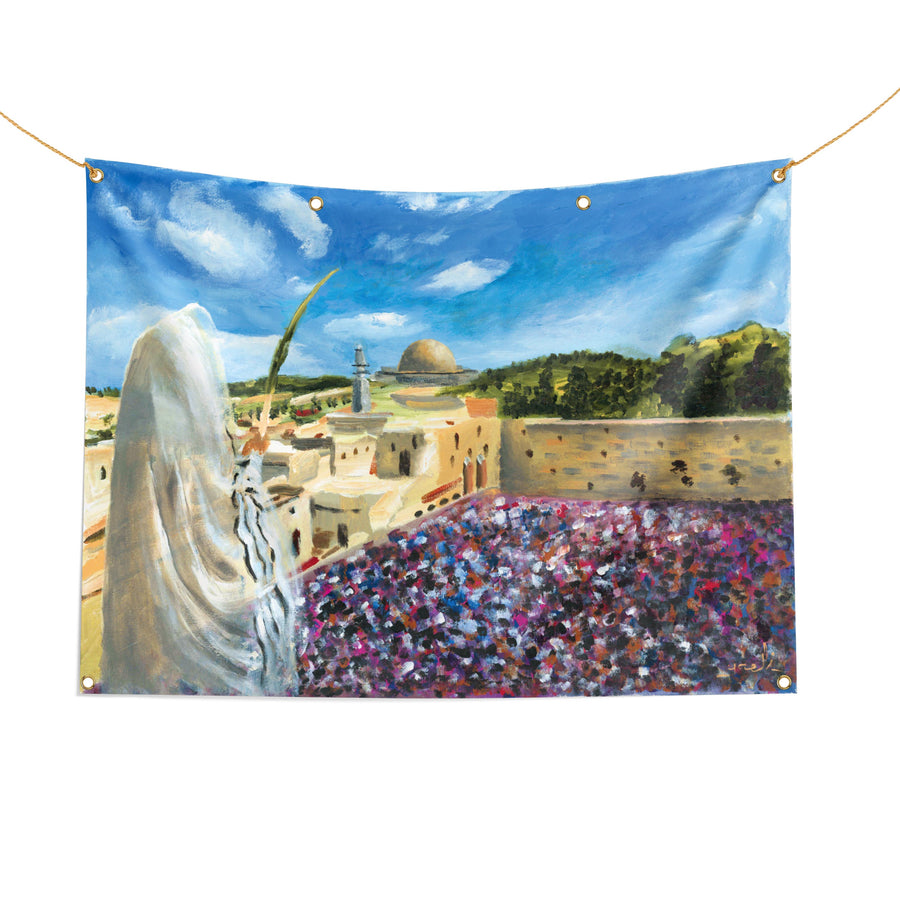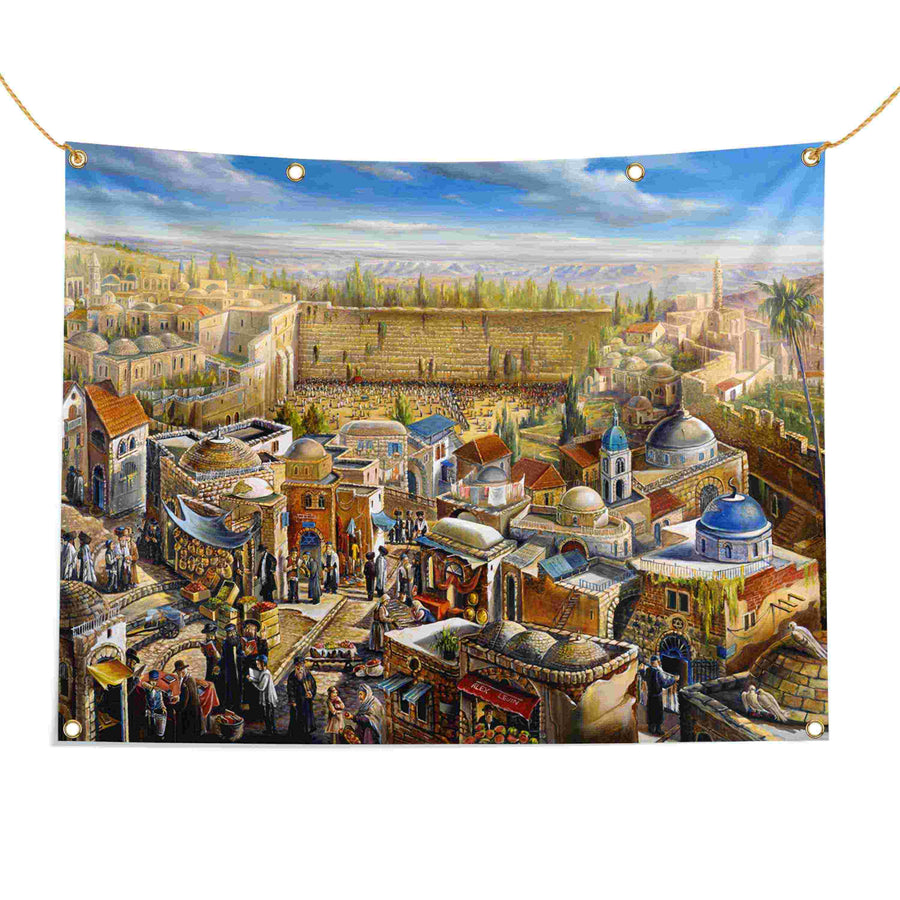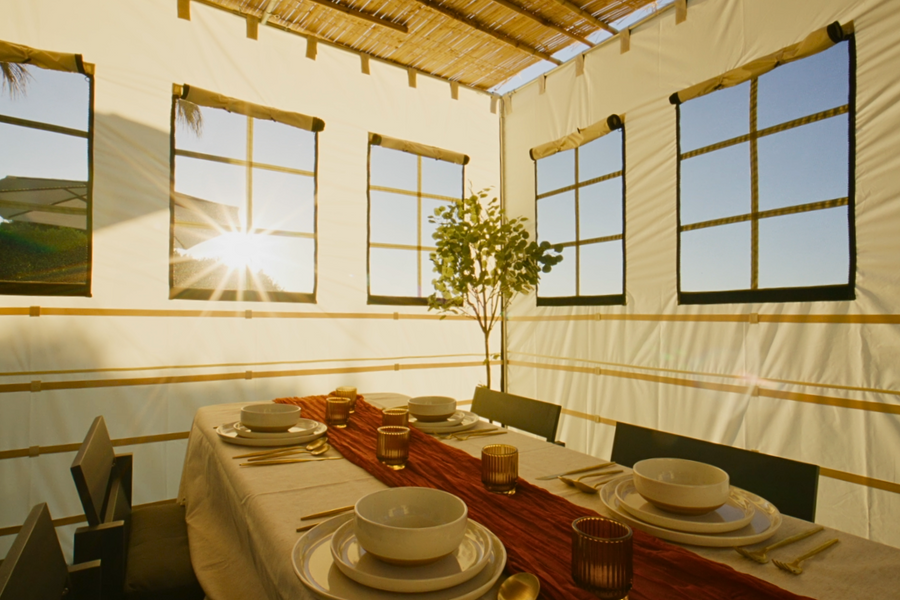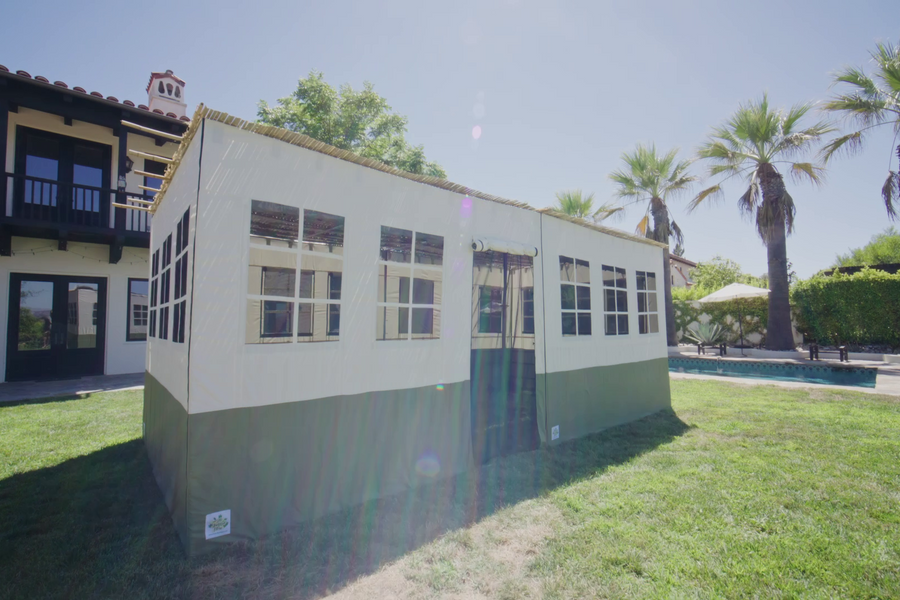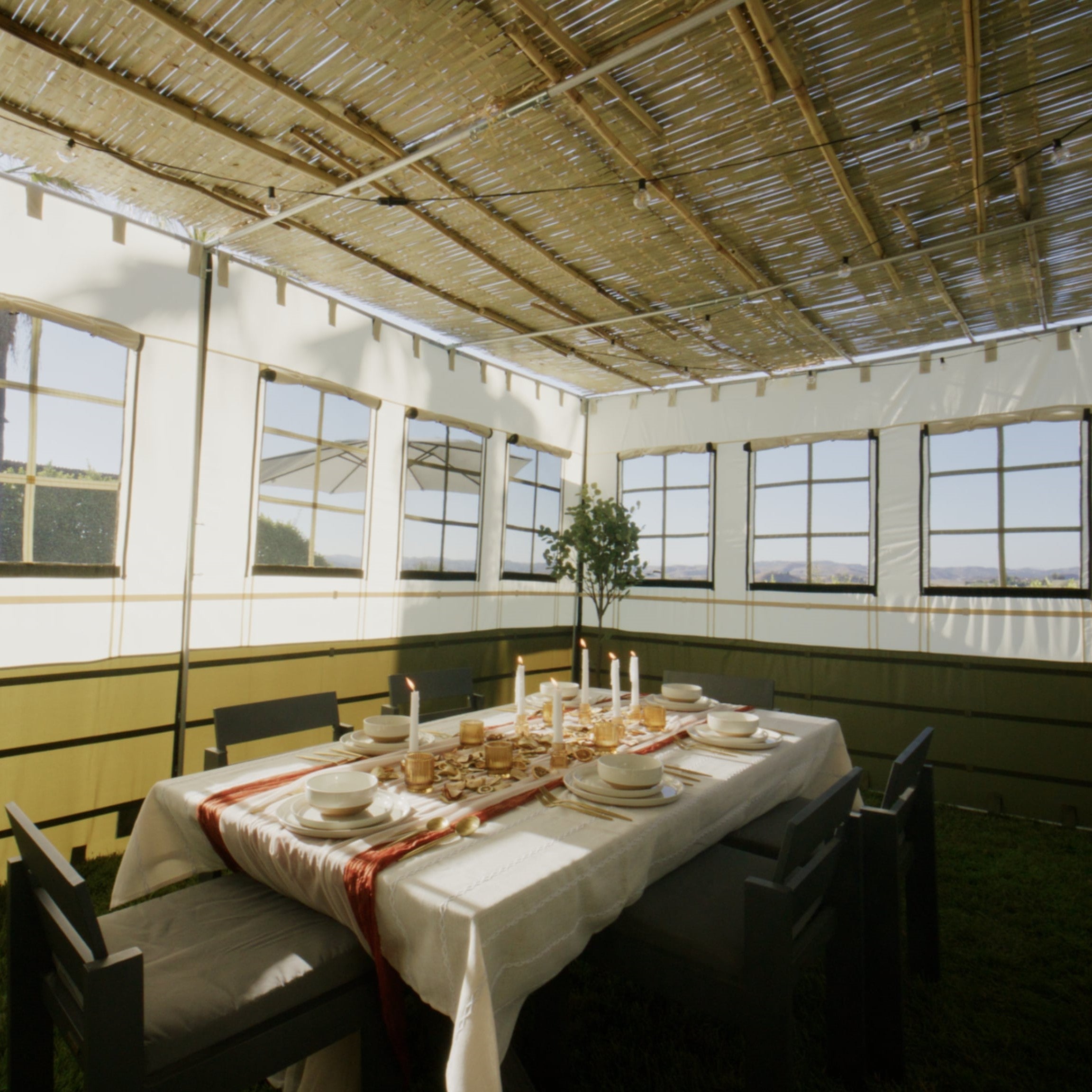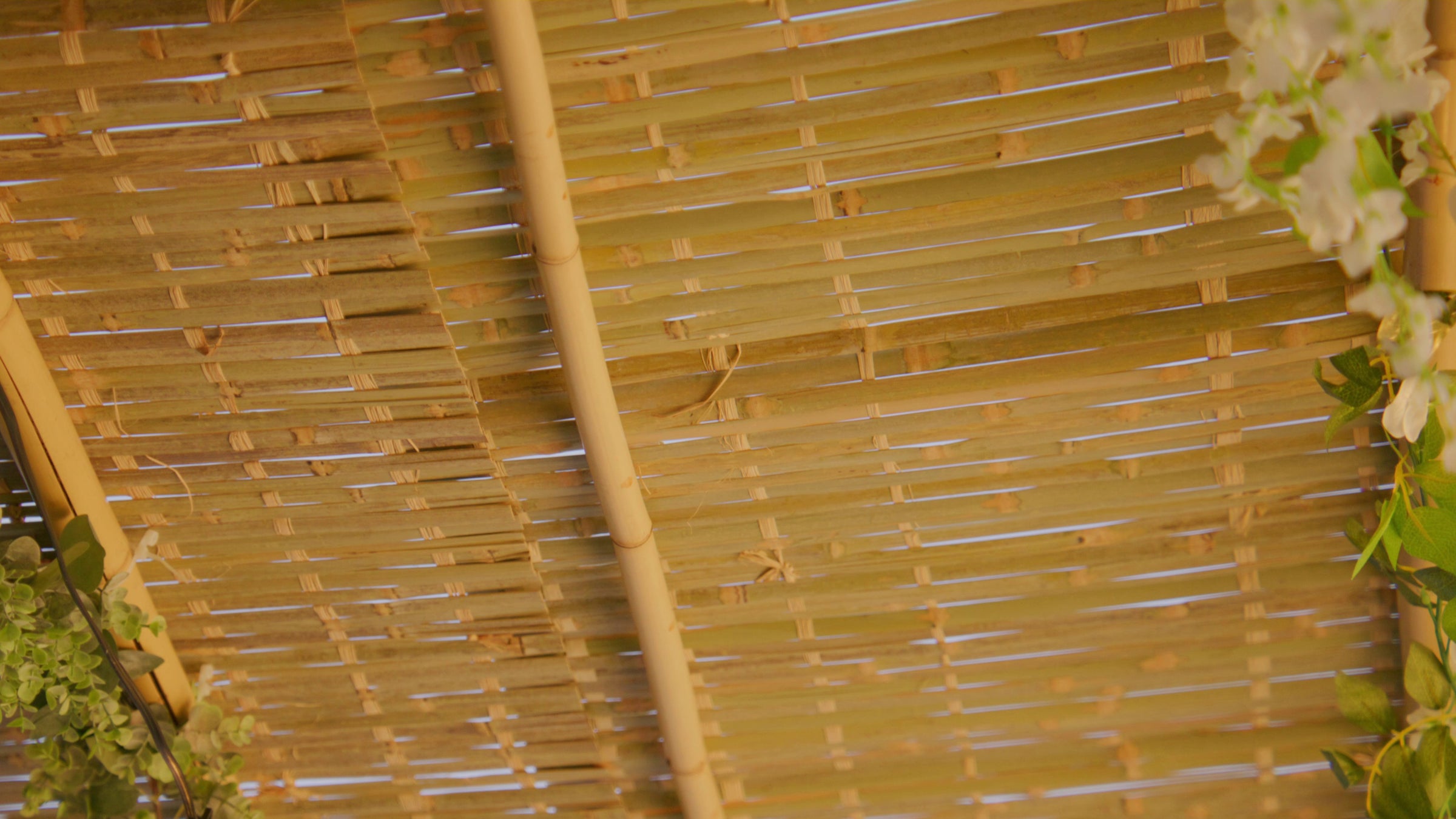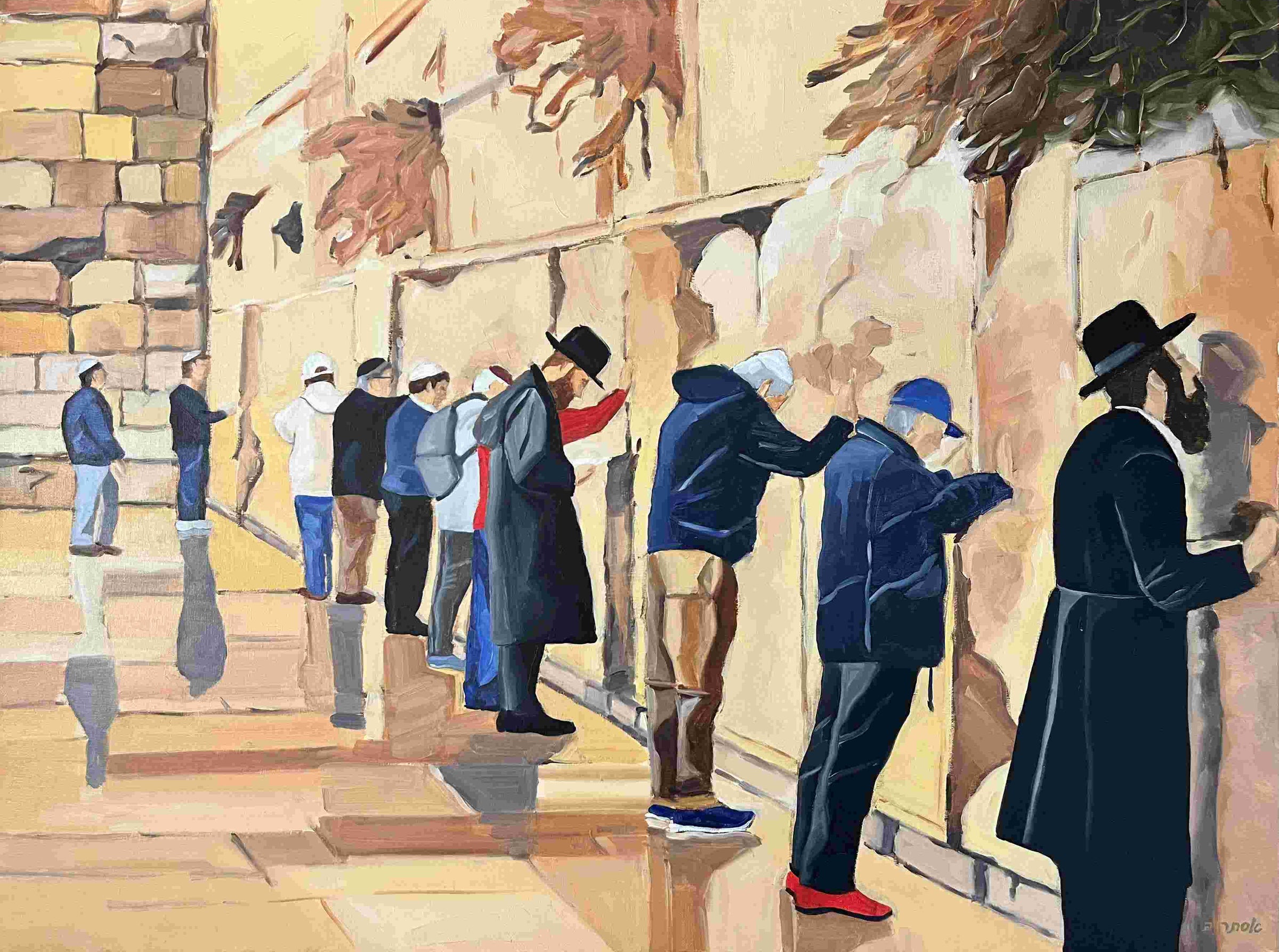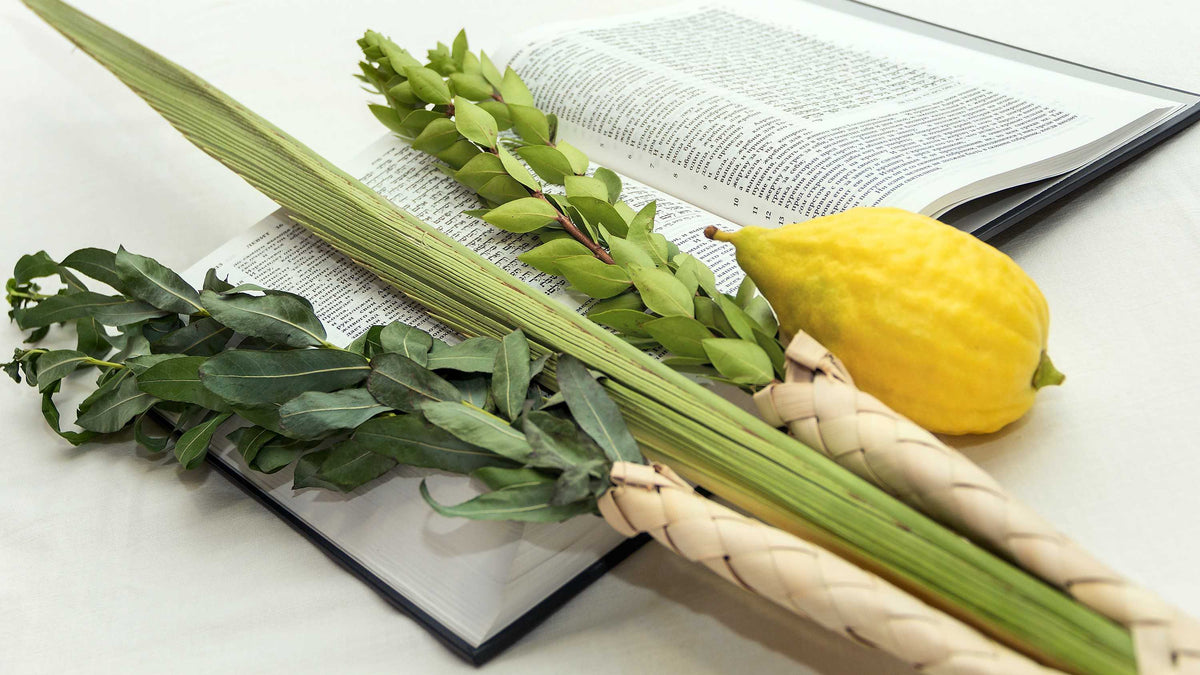

Sukkot 2024 ’s here, and guess what's back? Shaking your Four Kinds like a rockstar. But before you hit the stage (er, Sukkah), you need to make sure you have the right tools. That's where your perfect set of “Four Kinds” comes in, consisting of: A lulav (palm frond), an etrog (citron), at least three hadassim (myrtle branches), and at least two aravot (willow branches).
Most folks just grab a set from their Rabbi or their friendly neighborhood arba minim dealer, but for the adventurous types who want to navigate the wild world of Four Kindsmanship, here's a cheat sheet to become an expert (or well, at least not completely clueless).
…and this handy guide is a goldmine even if you go down the Rabbi route, because sometimes even the highest-quality sets can have flaws, so it’s best to at least have a basic idea of what to watch out for.
Now, the official rules are a whole book in themselves, but we'll stick to the hits you need to know, and with this basic guide, you'll be checking those Four Kinds with confidence.
Beauty: Because Looks Matter on Sukkot
Forget picking the perfect Instagram filter, the Torah wants your Four Kinds to be blessed with beauty! Leviticus 23:40 commands us to take “the fruit of the beautiful tree” (understood to be the etrog). But here's the thing: beauty is in the eye of the beholder, just like that time your friend decorated their Sukkah with neon polka dots. So how do we know what qualifies as, “beautiful?”
Using Talmudic methodology, the Sages provide us with some guidelines for what can disqualify the etrog , but they also decided that all Four Species must meet certain qualifications to be used. So in this next section, we’ll cover the basic defects that can disqualify your plant pals, but, remember, choosing ones that look fresh is also key! Beyond the basic requirements, it's like choosing a favorite pair of shoes – what’s perfect for your feet won't be the same for everyone else’s.
Frankenstein-Etrog: Why Your Etrog Needs a Kosher Certification
It’s critical to make sure your vendor for the Four Species is the real deal – a G-d-fearing Jew – and that your etrog has a Rabbi's stamp of approval, confirming its Kashrut . Here's why: Some sneaky farmers like to harvest their etrogs from a tree that was cross-grafted with another species (think citrus Frankenstein!), and those designer etrogs, while often gorgeous, are forbidden for use in the Four Species on Sukkot.
That’s what Rabbinic certification of Kashrut is your golden ticket – it guarantees your etrog comes from a tree with an impeccable family tree (literally), no funny business. That's why many folks favor the Calabria etrogs , also known as “Yanovers.” These Italian groves have been growing certified stunners for centuries, so you can be sure you're getting the real deal from an untainted pedigree.
Lulav Logistics: Choosing a Lulav in Tip Top Shape
Let's talk lulav. While these palm fronds appear sturdy, there's a specific part that requires extra care: the topmost leaf, called the t'yomet (the leaf extending from the top of the lulav’s spine, as opposed to the leaves that branch off from its sides).
This leaf plays a crucial role, and if it has a significant split, the entire lulav might not be usable for Sukkot. However, a small crack is generally okay . Ideally, though, you'd want a lulav with a fully intact t'yomet.
The t'yomet is quite delicate and prone to splitting. Because of this, it's important to handle your lulav gently and avoid hitting the tip against anything.
Beyond the t'yomet, when choosing a lulav, aim for one that's straight and fresh. You want a lulav that’s nice and green, not all yellowed out like a forgotten banana.
Stems, Spots, and Shapes: The Etrog’s Checklist
Now we move onto the etrog, the star citron of Sukkot! Unlike beauty pageants, a perfect etrog isn't about airbrushing flaws – it should be naturally beautiful. The ideal shape is slightly oblong, not perfectly round, and it can have a bumpy texture. The stem should come out of a small indentation at the bottom, like a little throne for the fruit.
Here's the catch: even a tiny missing piece of rind can make the etrog unusable (unless it magically grew new skin over it). So handle it with care – you don't want to accidentally damage and disqualify it. Patches of bubbles or discoloration in more than two spots also disqualify an etrog. But don't worry about small brown spots – those are just natural markings from the fruit's growth. However, large black spots are a concern if they're easily noticeable.
Some etrogs have a “pitam,” a twig-like protrusion on top. It's okay if the pitam falls off naturally, and in fact, an etrog without one is perfectly acceptable. However, if the stem on the bottom is completely removed, the etrog is invalid for use.
The most important area for beauty is the top third, the curved part. Here, even a single blemish or bubble can be a problem. So choose your etrog carefully, so that it can take its rightful place in your Sukkot celebrations.
Myrtle Must-Haves: Finding Kosher Hadassim
The myrtle branches in your lulav bundle are all about teamwork. They must grow in groups of three leaves or more, a formation known as “meshulash” – the ultimate trio. So, when buying your hadassim, if you see a lonely leaf hanging out away from its two other buddies, that hadas is disqualified.
And before you think you’ll be stuck checking leaves with a microscope until next week – not to worry! As long as the top 4¼ inches have its leaves in a trio, they meet the minimum requirements. Luckily, most hadassim these days come pre-approved with a Kosher certification and are ready to join your arba minim set.
Note: Three's a crowd, but missing leaves are a no-go! Make sure most of your “sets of three” are still sporting all three leaves, or you might need new hadassim.
Aravah All-Stars: Picking the Perfect Willow
The aravah, or willow branch, is the most easygoing of the Four Kinds. No crazy shape or number requirements here, it just needs to be the right species – a “river willow” to be exact.
Keep in-mind, these leafy fellas can get a little long in the tooth. So, when you trim them to fit your lulav, make sure you cut from the bottom, not the top. Like giving them a trim beard, not a spiky haircut.
Note: Most of the leaves need to be fresh and present for duty. If your aravah looks like it went through a rough patch and lost most of its leaves, it’s time to find a new willow branch.
With this knowledge under your belt, you're ready to navigate the world of Four Kinds like a complete pro. Remember, when it comes to these plant pals, handle them with care, check for any disqualifying flaws, and don't be afraid to ask questions if you're unsure!
